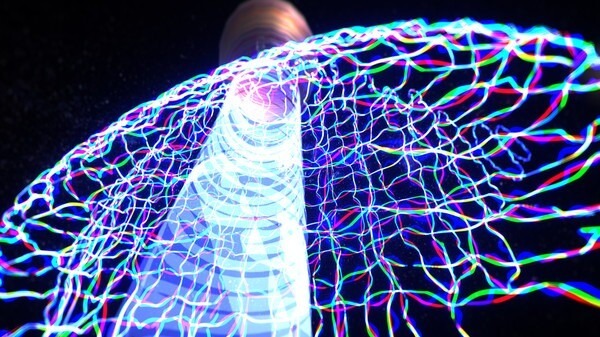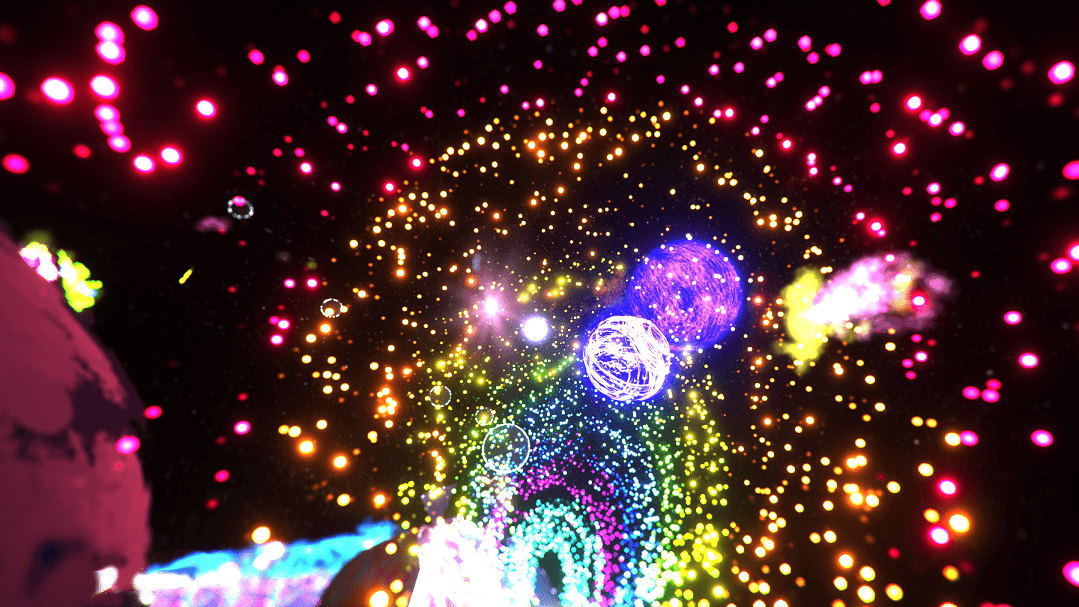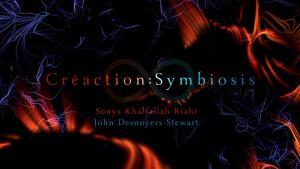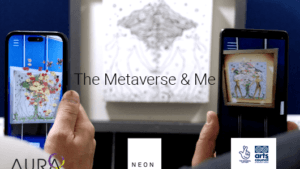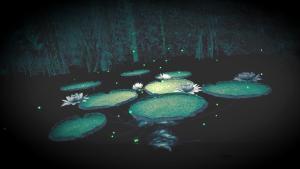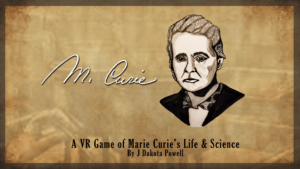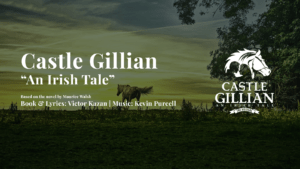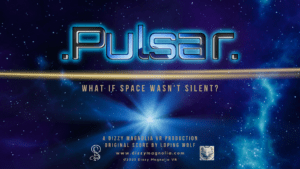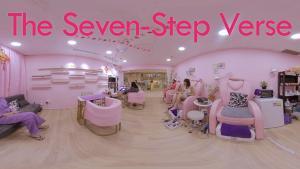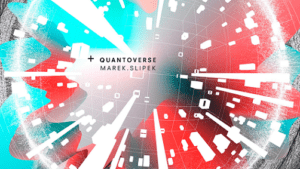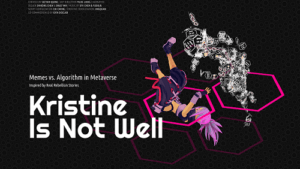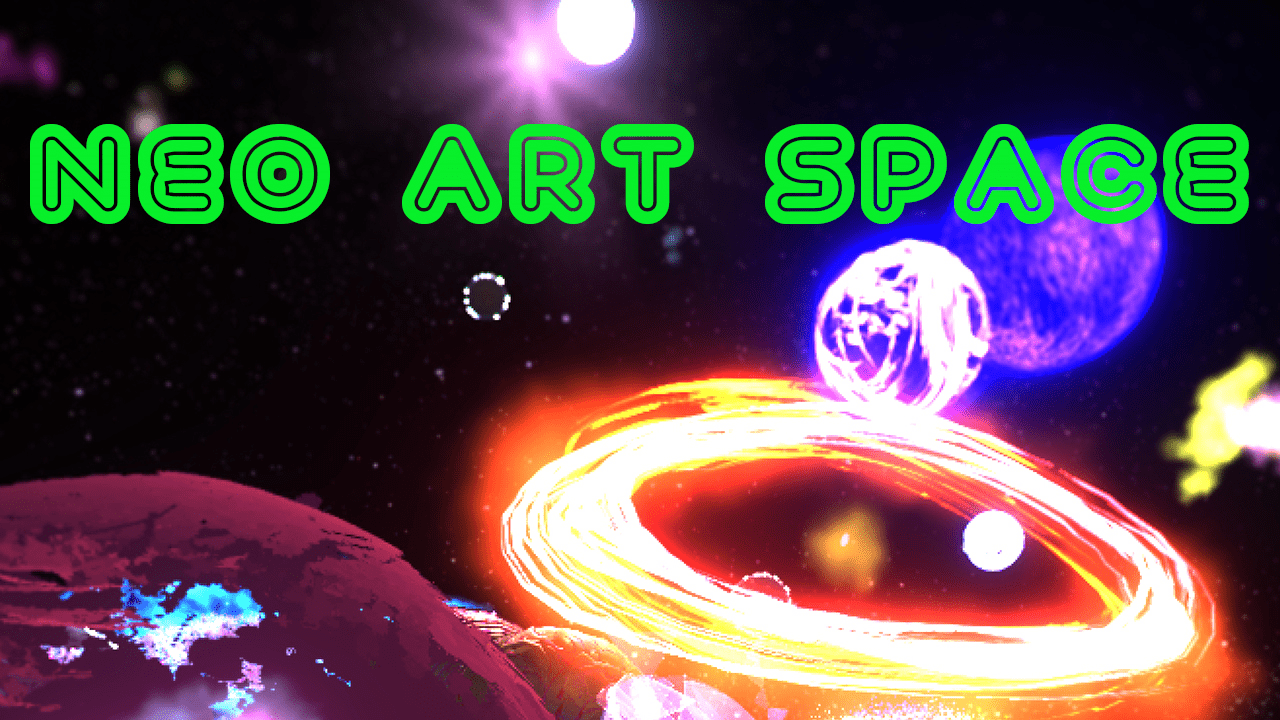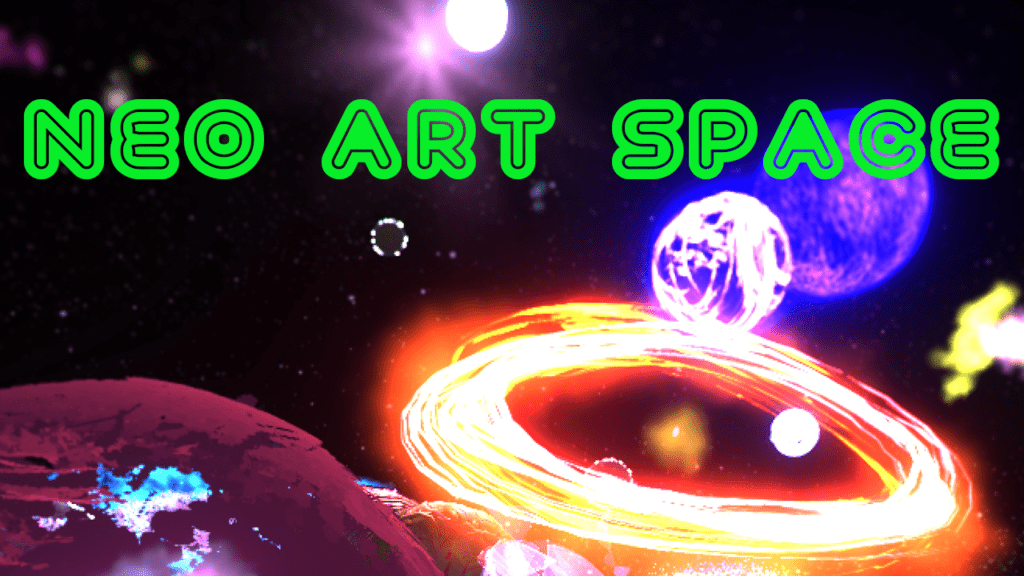
FIVARS 2023: Spotlight on Neo Art Space
 Neo Art Space is a transcendent light art adventure in a faraway galaxy created by an alien civilization of light beings. Director Philip Noyed chats with FIVARS on the making of this experience.
Neo Art Space is a transcendent light art adventure in a faraway galaxy created by an alien civilization of light beings. Director Philip Noyed chats with FIVARS on the making of this experience.
What led to the creation of this piece?
I am a multimedia artist and have created many public art installations. I am also fascinated by using light as an artistic medium. Initially, I planned out Neo Art Space to be a location-based art entertainment experience. When I discovered how to create in VR (or as I say, “Heightened Reality”), I fell in love with the ability to create light art experiences without concerning myself with materials, structural engineering or physics.
I could create multiple star systems, planets, and even an eclipse that wouldn’t be possible in the real world. The sensation of walking through a black hole or space walking couldn’t be done in the real world (without massive investment). In many ways, Neo Art Space is the culmination of years of being a multimedia artist.
What was the production process for you and your team? What did you learn?
I created the entire Neo Art Space in TiltBrush as a 40 million pixel (voxel) painting. I worked with two Unity developers, Matt Foreman and Zach Chapman, to create navigation, insert interactive art experiences, insert information billboards, avatars, music and spatial sound effects. I took photographs in Neo Art Space and then created the interactive elements in OpenBrush, signs in Photoshop and detailed each the interaction and placement in a PowerPoint.
I also created a “Neo Light Language” with unique characters that the developers needed to implement in English and Neo Light Language.
We constantly communicated and met in Neo Art Space to review implementations and refinements. It was fascinating to use 2D images to explain the trajectory of a UFO, Firebird, or Butterfly flying. The developers further amplified interactions with sound and animated characters to bring the experience to life.
I learned the importance of collaboration with talented Unity Developers. I do not know the capabilities of designing in Unity, so I relied on them to translate my artistic vision into reality. For instance, “colliders” were put along 95% of the pathways so people couldn’t walk into walls or off into space. (The 5% where we didn’t have colliders, we wanted people to experience walking in space.)
I learned how important music and sound design is to the experience. Jim Oliver created the overall music for Neo Art Space and the sound effects. Since the premise of Neo Art Space was that an alien civilization of light beings created it, the music needed to be ethereal and not with identifiable with instruments we know on Earth.
It was important to help people feel transported to an art space in a far-off galaxy. We discussed ensuring the sound design wasn’t “cartoony.” The music and the sound design were created to naturally complement the experience rather than dominate it through being too noticeable.
I also learned the importance of guiding user’s attention and optimizing sight lines in a 3D space. Interactivity globes had to be placed at waist level so the viewer could easily see the UFO, Fireflies, Fireworks, or Poetry. We worked a long time to get the jet packs for flying to be intuitively understood by seeing them and grabbing them without having to read copy. We just kept trying and modifying based on usability.
Finally, I learned the difference between storytelling and story living. Books, movies, and videos are storytelling narratives with a beginning, middle and end. Initially, I created Neo Art Space to have a specific navigation through experiences. However, the VR technology allows people to go wherever they want to explore via portals or controller navigation. So, I let go of the narrative structure to enable people to explore the entire space freely as they desire.
I am so fascinated by how people move through the space based on their desires. No matter where they go, there is a “surprise and delight” experience. So, I learned that “story living” is good for people.
How did you become an immersive media content creator and why?
I have created large-scale public art installations using LED lights, large images, kinetic mobiles and new materials like dichroic film or rainbow vinyl. I’m always experimenting with new technologies and materials.
I painted a large 6’h x 4’w painting called, “Ascension,” that is 3D when looked at in chromadepth glasses. The colors literally float off the canvas and the planes of the painting ascend as you look upward.
I was asked to be an artist in residence at a local VR arcade, REM 5, and my first idea was: I want people to go INTO my painting. So, I created a VR experience that has a vertical plane of the painting at the front, but then you go into the painting – which is about 15 feet deep and 8 feet wide. It was amazing to create a multi-dimensional 3D painting in VR and even more incredible to see people experience it.
I became an immersive artist because I can create light art experiences that can not be created or experienced in the real world.
What is the VR/AR industry like in your region?
A talented group of creators and developers are pioneering VR and AR in Minnesota, USA. We have a couple VR arcades and agencies that create VR and AR. There is a robust game development and arts community. Fortunately, it is a supportive community.
What do you have planned for the future?
I’m working on my next VR experience based on the chakras and the healing modalities of color and sound. I’m still making art installations and 3D paintings. I’m also writing a book on creativity.
What would you like to share with fellow content creators and the industry?
To the content creators: Be bold and create. Find joy in the creation and sharing your creations with people. The industry is just beginning, so jump in and pioneer the future. VR, AR, and technology are always exponentially improving. It is excellent to use the newest capabilities to create more amazing art.
To the industry: VR and AR are remarkable technologies for education, training, healthcare, travel, collaboration already. BUT the ease of use of the equipment, the friction it causes the user, needs to be easier for VR to scale. People don’t want to be technical wizards to use VR and have fun. So, ease of use for everyone is crucial.
Do you think VR festivals like FIVARS are important?
VR Festivals like FIVARS are extremely important to provide artists and creators in VR a way to show their VR experiences to the public. I appreciate that FIVARS is a festival focused on VR and AR rather than being an offshoot of a film festival. FIVARS promotes and allows eclectic VR and AR experiences that are not necessarily narrative-driven.
I’m very happy for the opportunity to premiere Neo Art Space at FIVARS. Thank you!!
Neo Art Space at FIVARS 2023 runs in person September 15-19th in Toronto and online through October 3rd.



